
Merely increasing the education budgets will not solve all the problems that our education system is facing. Budget increase needs to be supplemented with its proper utilization, earmarking significant amount of funds for development and non-salary components and spending more on in-service and pre-service teacher training. These are some of the steps which, if undertaken, can ensure a better educational system in the country in the days to come.
There is no denying the fact that the focus on education has enhanced in the recent years with the federal and provincial governments now focusing more on enrolling out-of-school children, providing basic facilities, teachers rationalization, achieving targets like higher literacy rates, reducing gender disparity and spending higher proportion of budgets on education. However, a lot still needs to be done in this regard as there still exist huge infrastructural backlogs; many schools function with more teachers than needed and on the contrary many schools work with lesser teachers than required; and the learning outcomes are much lower than the desired ones.
Why is it not Working?
Currently Pakistan is spending around 2 per cent of its GDP on education, which in fact is quite low, even when compared with our neighboring countries. This year, in 2014-15, the federal and provincial governments allocated Rs641 billion for education which is an increase of 11 per cent compared with the previous year’s allocation. Considering this huge public spending on education, a question that pinches a common citizen is why the educational situation is not improving in public sector institutions. Although, many factors contribute to it, underspending is one of the issues which needs to be addressed by all the provincial governments especially Sindh and Khyber-Pakhtunkhwa (K-P) who could not expense 23 per cent and 16 per cent of their allocated education budgets in 2013-14.

Along with underspending, the proportion of education budgets allocated for current and development purposes shows disparity. Although some of the provinces earmark significant budgets for development purposes, the actual spending remains well short of the allocated budgets. Except for Punjab which spent 89 per cent of its development budget during the last fiscal year, the other three provinces registered a utilization rate of around 50 per cent or less in 2013-14.
Salaries constitute roughly 80 per cent of the total education budget for all the provinces, implying that there is not much left for non-salary and development schemes. Although the provincial governments are spending huge budgets on salaries, but has the quality of education improved in the last few years remains a question that needs an answer in order to justify these huge expenditures.
Teachers Training
Notwithstanding the importance of other factors, teachers have a huge role to play in order to improve the quality of education in the country. For this, not only the teachers have to be academically qualified but they also need to be imparted professional training, pre-service and in-service both. To have an idea of the budget allocated for pre-service and in-service teacher training in public sector, let’s have a look at the budget allocated for the purpose in Punjab. The government of Punjab has earmarked Rs2,914 million for in-service and Rs1,200 million for pre-service teacher training in 2014-15, registering an increase of 10 per cent and 5 per cent compared with the allocation in 2013-14. The in-service teacher training budget for Sindh has increased from Rs218 million to Rs389 million which also includes a development budget of Rs149 million. For pre-service, the Sindh government has allocated Rs733 million this year showing an increase of 9 per cent compared with the allocated budget in 2013-14. The government of K-P has not allocated any budget for pre-service teacher training in the last two years. Also the in-service teacher training budget has now been merged with the employee-related expenses and therefore cannot be separately calculated. In 2013-14, the government of K-P allocated Rs420 million for teacher training. An increase in the budgets for teacher training is a healthy sign as trained teachers are expected to impart quality education to the students. But it would be worth analyzing as to what proportion of these allocations are actually spent.
Recommendations
It is encouraging to see all the provinces allocating significant amount of funds for education; highlighting the policy shift towards provision of quality education. However, merely increasing the budgets will not solve all the problems our education system is facing. Proper utilization of allocated budgets, earmarking significant amount of funds for development and non-salary components and higher spending on in-service and pre-service teachers training are some of the steps which can ensure a better educational system in the country.
(Abdullah Alam is a Research Fellow at Institute of Social and Policy Sciences (I-SAPS), Islamabad. He tweets @abdullah_alam)
Published in The Express Tribune, March 27th, 2015.
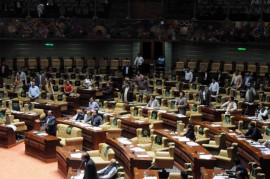




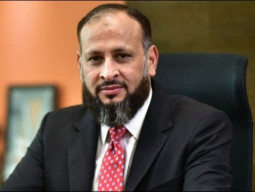
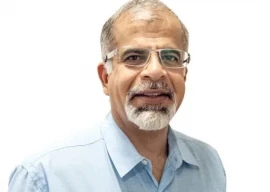
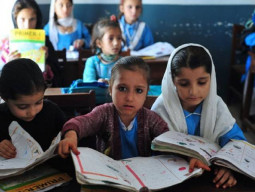
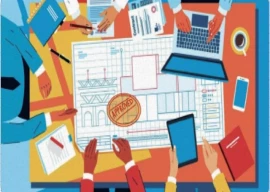

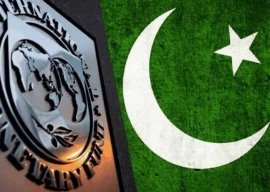
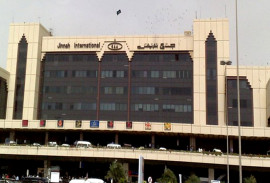

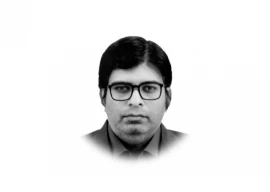





COMMENTS
Comments are moderated and generally will be posted if they are on-topic and not abusive.
For more information, please see our Comments FAQ